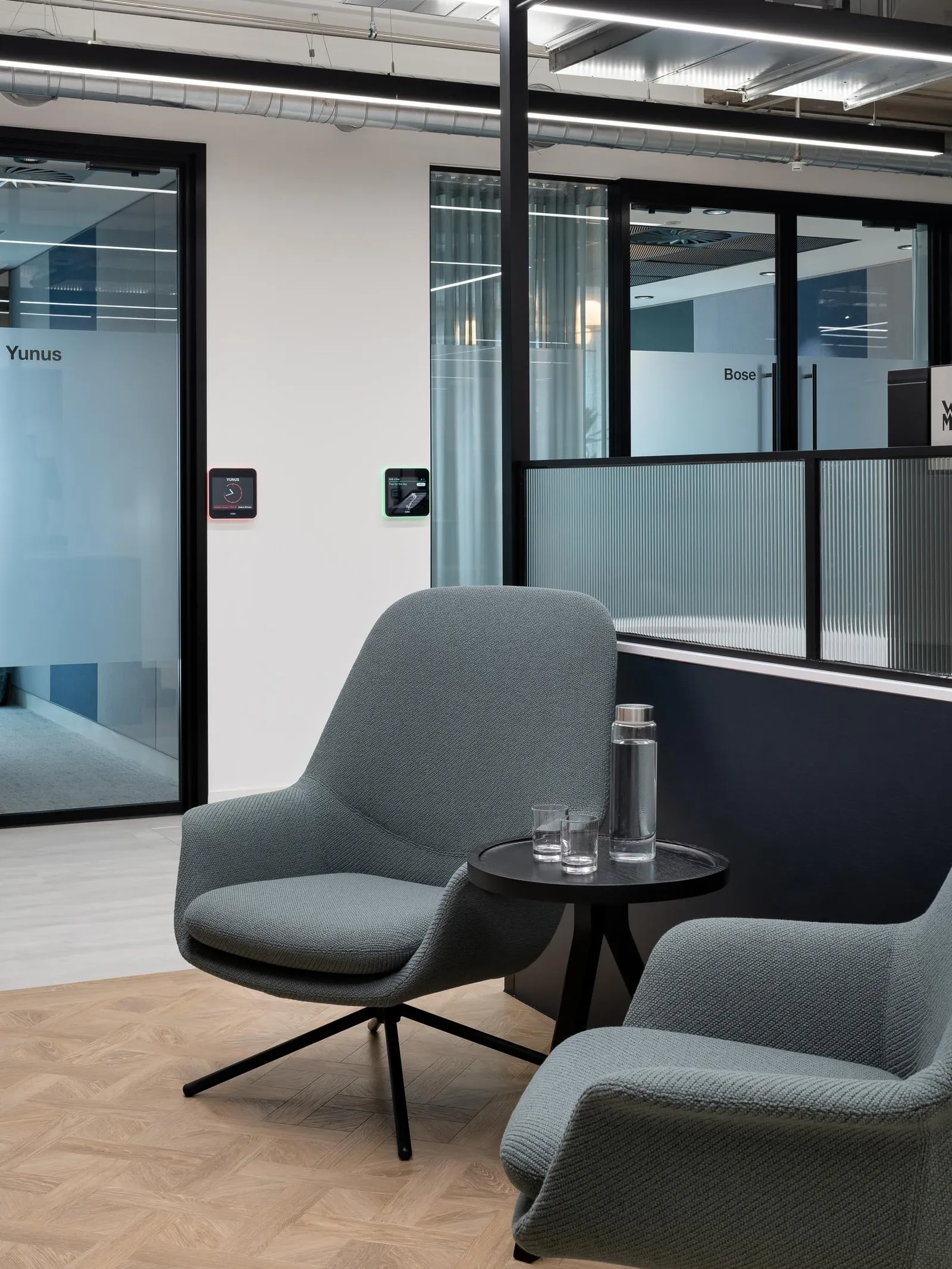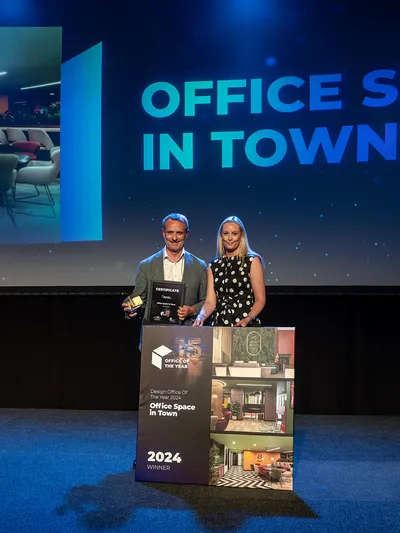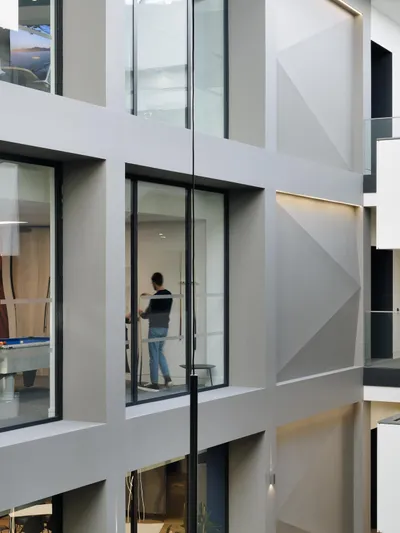If the past few years have taught us anything, it’s that we all have our unique ways of tackling the day-to-day.
But what does that mean for the modern office, though?
That a productive workspace looks different for everyone. Whether it’s the neverending debate about hybrid working or the potential upsides of a four-day week, it’s never been clearer that office design has to evolve with occupant needs - not stay stuck in the past.
But how can you create a workspace that’s both effective today and future-proofed for tomorrow? Especially when we're unsure of what challenges tomorrow may bring.
Although there’s no blueprint for the modern workspace, nor should there be one ‘out-the-box’ solution, it doesn't mean there aren’t some scientifically-supported ways of optimising the office environment - tailor-made for today’s employees and the growing workforce of our future.
Here’s how to get the very best out of your people with the physical space you have.
Flexible workspaces come first
Flexible working isn’t going anywhere anytime soon.
In fact, British workers now have more freedom to choose how, when and where they fulfil their roles as the Flexible Working Bill has achieved Royal Assent.
That means it’s never been more important to create flexible workspaces that can accommodate a hybrid workforce.
But what does that look like, exactly?
Firstly, we’d recommend giving workers the choice of how they want to work. To do so, provide a mixture of open-plan areas to allow ideas to flow and for socialising together, alongside huddle spots and co-working spaces for collaboration and activity-based working. Hot desking is also a great way to encourage staff to move around, share ideas and cross-pollinate with other teams. Just be sure to include some private offices or closed booths for sheltered calls and more concentrated ‘deep work’ - still a must in any flexible office layout.
So, what should your office space include to provide flexibility and comfort?
Ergonomic furniture
Flexible office layouts may sound ‘looser’ on paper, but that doesn’t mean they can’t include the fundamentals. A comfortable ergonomic chair, adjustable desk and proper monitor placement are all essential for promoting good posture and reducing physical strain. But ergonomic furniture doesn't just help prevent work-related injuries and discomfort, it also enables employees to focus on their tasks for more extended periods without distraction. In fact, research suggests an ergonomic chair can boost productivity by anywhere between 15-20%.
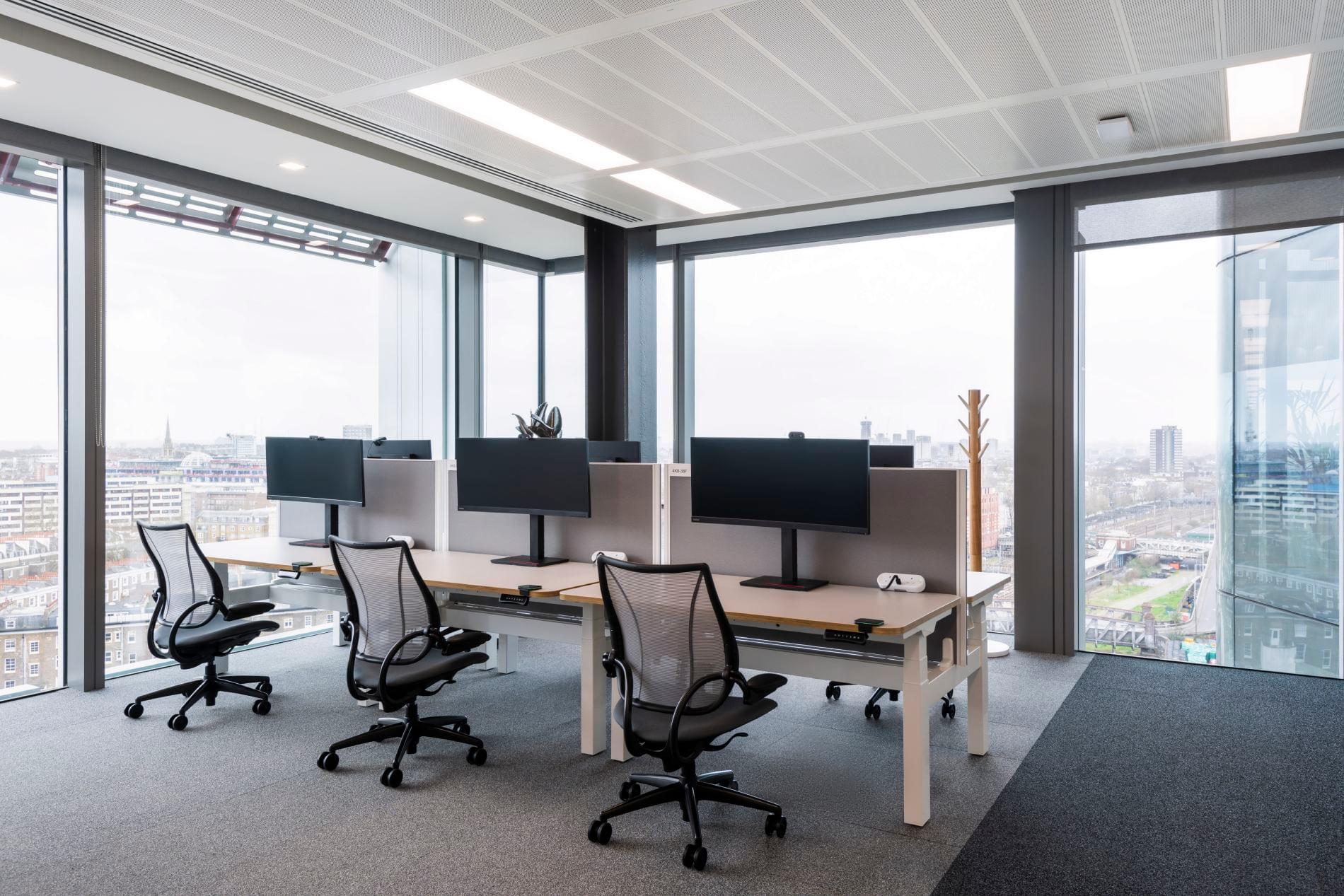
Technology and connectivity
Flexible working spaces need to be as catered for the occupants in the room as they are for the remote worker who's dialling in. With that in mind, you need to make sure you’ve got these technology essentials incorporated so that your workspace is operating efficiently:
High-speed Internet - without question, a reliable, high-speed internet connection is critical for seamless communication, video conferencing, file sharing and other online activities
Wi-Fi network - you’ll also need a robust Wi-Fi network that covers the entire workspace; essential for providing internet access to multiple devices simultaneously
Power outlets - of course, sufficient power outlets and charging stations are also necessary to keep laptops, smartphones and other devices powered throughout the workday - so make sure there’s enough for the workspace’s max capacity
Video conferencing facilities - employees will also need access to video conferencing tools and equipment, e.g. webcams, microphones and speakers. A good setup will enable much smoother virtual meetings and remote collaborations
Collaboration tools - on that subject, be sure to provide access to cloud-based collaboration tools like Google Workspace (formerly G Suite) or Microsoft 365 for file sharing, document collaboration and communication
Fully equipped meeting areas - these rooms or breakout spaces will also need reliable presentation tools, large displays (so you can see everyone clearly) and conference call capabilities (for in-person or virtual meetings with clients or teams)
Virtual Private Network (VPN) - a VPN may also be necessary for secure remote access to corporate networks and resources
Remote access tools - similarly, remote desktop applications or virtual private servers facilitate access to work-related resources securely
Cloud storage - it’s also a good idea to encourage the use of cloud storage solutions for backing up and accessing files from anywhere
Flexible booking system - this can help manage space usage efficiently if your workspace is shared among multiple individuals or teams
Security measures - finally, ensure the workspace has adequate cybersecurity measures to protect sensitive data and prevent unauthorised access.
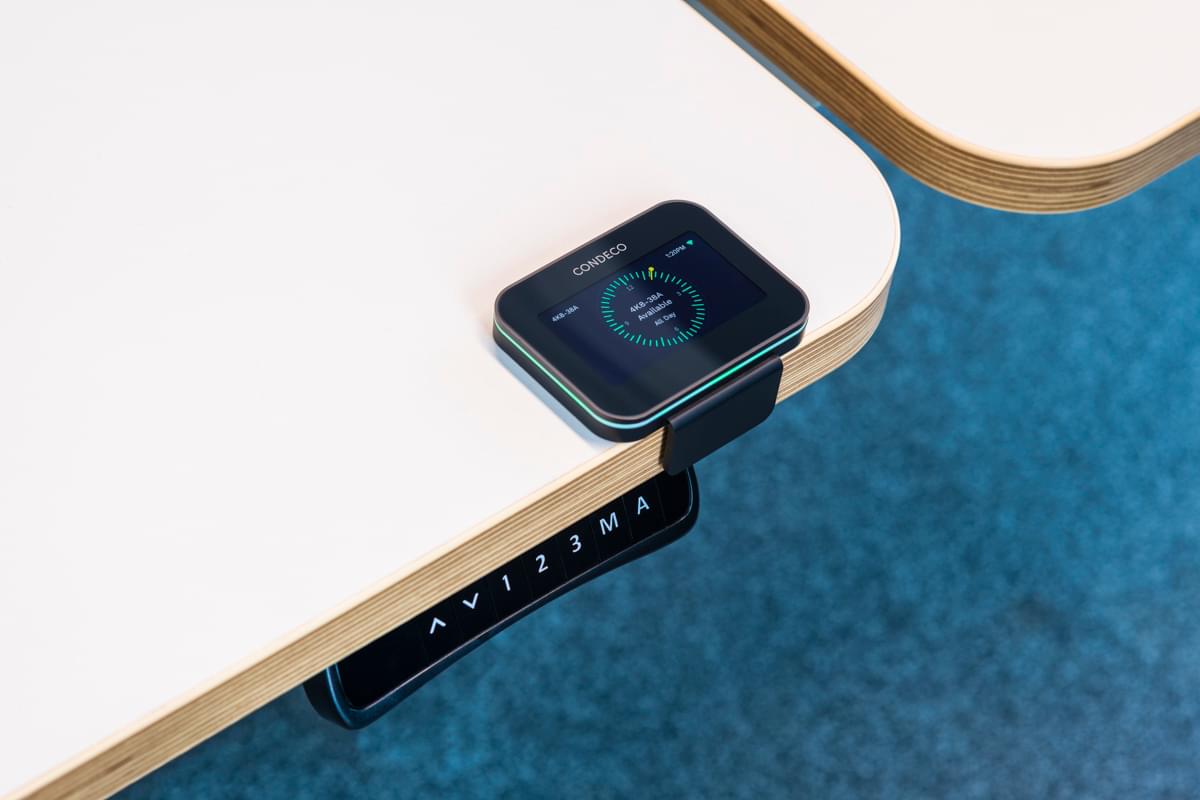
But, as some of the world’s best office environments, e.g. Google, have taught us, the most effective workspaces make just as much room for play as they do work.
Balancing work and life
The modern workplace can and should be the physical embodiment of a company’s culture. By encouraging work-life balance in your office design, you can inspire a thriving workplace culture that people want to belong to.
But how’s that, exactly? With people-centric design.
Community spaces
Building community spaces goes beyond the typical office cafeterias and lounges. It’s about taking the principles of placemaking to build a culture-rich environment your workers feel connected to; one that feels more desirable to spend time in than their own homes. The good thing is, there’s one thing an employee’s home can't provide: connection.
When employees were asked what would motivate them to come into the office, there was one resounding response: to be with co-workers; 85% would be motivated to go back into their workspace to rebuild team bonds, whilst 84% of employees wanted to socialise. Simply put, workers are looking for a place where they can belong together.
Some of the best examples in the UK and across Europe are taking cues from the hospitality sector. Just imagine the laid-back decor and plush comfy chairs you'd find in a hotel lounge; relaxed and less corporate environments that borrow aspects from the home. Essentially, spaces that help you relax and regroup.
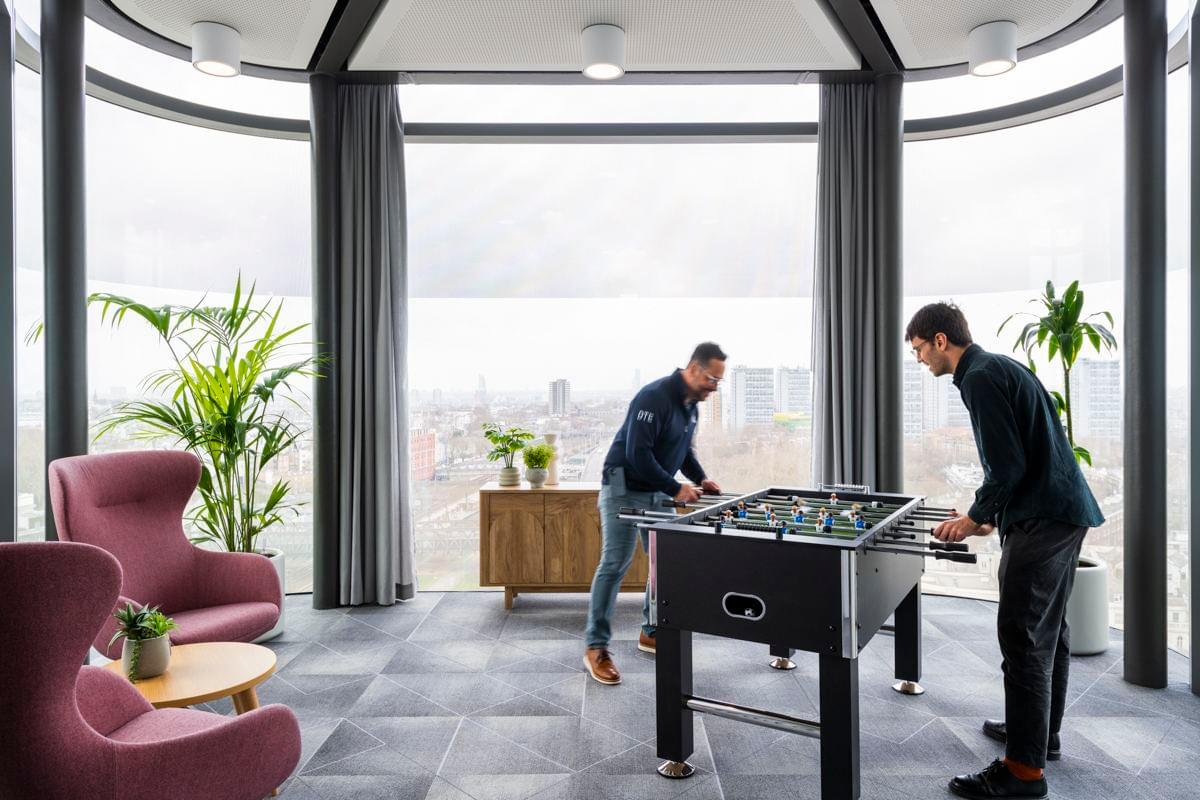
Wellness areas
Whether it’s quiet areas for relaxation and meditation or gym facilities and yoga studios to get a good sweat on, the most effective workspaces understand the importance of employee well-being. Including designated wellness areas helps staff reduce stress and recharge for another day.
This doesn’t just benefit your employees, though. Companies that have on-site fitness facilities have actually reported a 14% increase in employee engagement too.
But there are also other ways to give your employees a healthy boost - without breaking the budget.
Breathing life into work
Environmental factors are well-known to have a positive impact on employee wellbeing. However, this goes beyond opening the blinds and peppering a few office plants around the place. Here’s how to breathe new life into your workspace with the wonders of nature.
Natural Light
It's well known that natural light can boost our vitamin D levels and support our circadian rhythm so we can sleep at night.
So it makes sense that natural lighting in the workplace is also linked to increased productivity, mood improvement and overall employee wellbeing, doesn’t it?
One study found that employees who sat near windows were 51% less likely to suffer from eyestrain and 63% less likely to experience headaches. In terms of effectiveness, employees were also able to concentrate longer thanks to a 56% decrease in drowsiness.
The good thing is that these light levels don't necessarily have to be ‘natural’ to be effective. Great for darker offices, circadian lighting replicates natural light by mirroring warmer tones in the morning and cooler ones come evening. Importantly, some studies have suggested that circadian lighting can boost productivity by up to 20%.
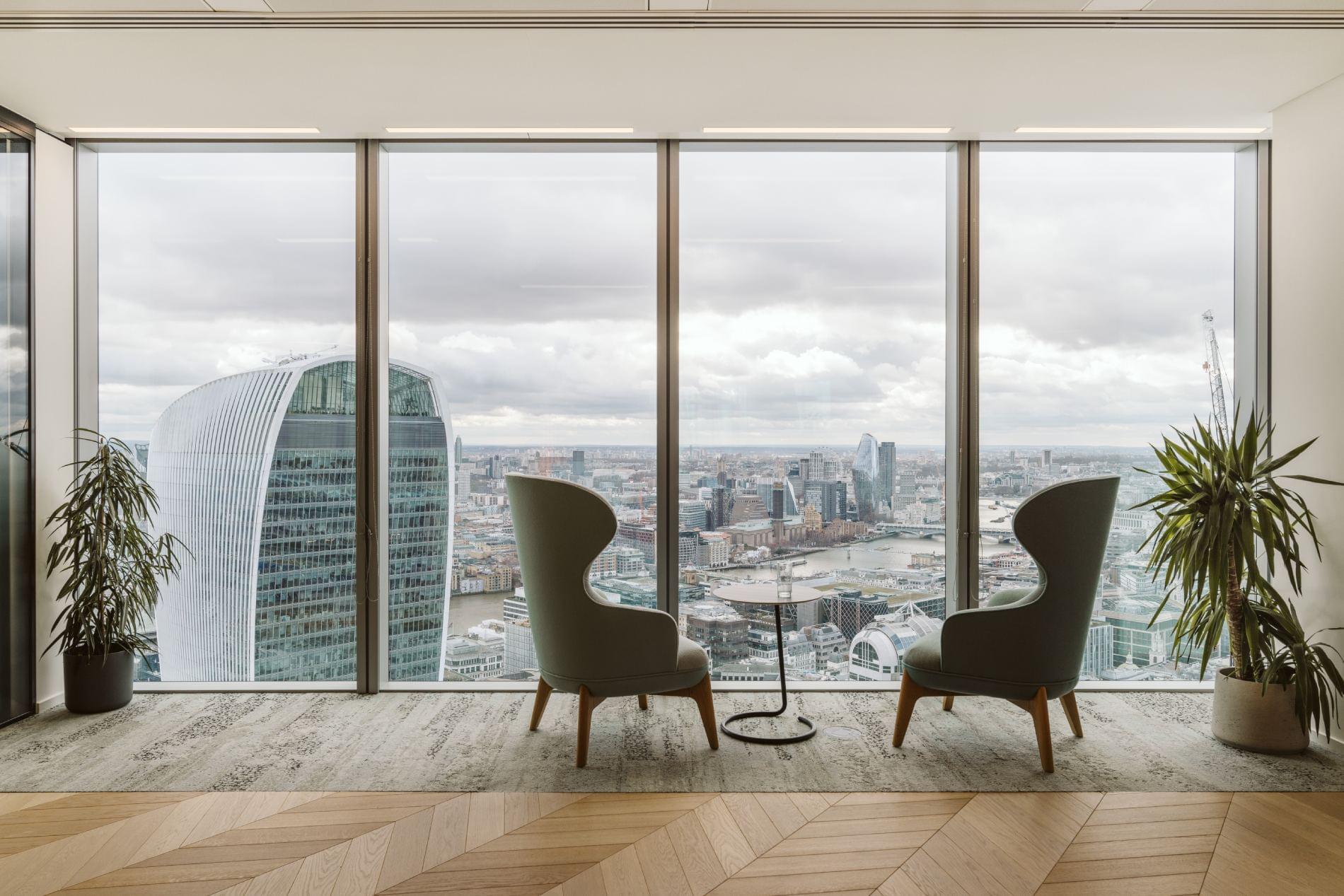
Air quality
It’s no secret that poor air quality is bad for us.
But did you know that airborne pollutants can be two to five times higher indoors than they are outdoors? That’s why it’s so important for modern workspaces to go beyond air conditioning and get serious about air quality. For example, this could be by having your air tested and accredited and becoming AirRated.
But this isn’t just the right thing to do for staff health; it has countless benefits for employers too. For example, cleaning the indoor air has been known to increase workplace productivity by up to 11%. And that’s just one way you can help your team breathe a little more easily at work.
Biophilic Design
Another way workspaces can improve air quality and become more effective is through biophilic design. That’s because plants absorb toxins and produce more oxygen, helping employees to breathe more easily. On top of that, people in workplaces with natural elements, e.g. greenery and sunlight are known to be 6% more productive and 15% more creative. Importantly, their overall levels of well-being were 15% higher. So try including biophilic walls of plants - as well as the aforementioned circadian lighting - to increase employee well-being and help them feel more inspired by nature.
As we all know, though, a day in the office is often far less peaceful than a walk in the park. But it doesn't have to be if you optimise the conditions accordingly.
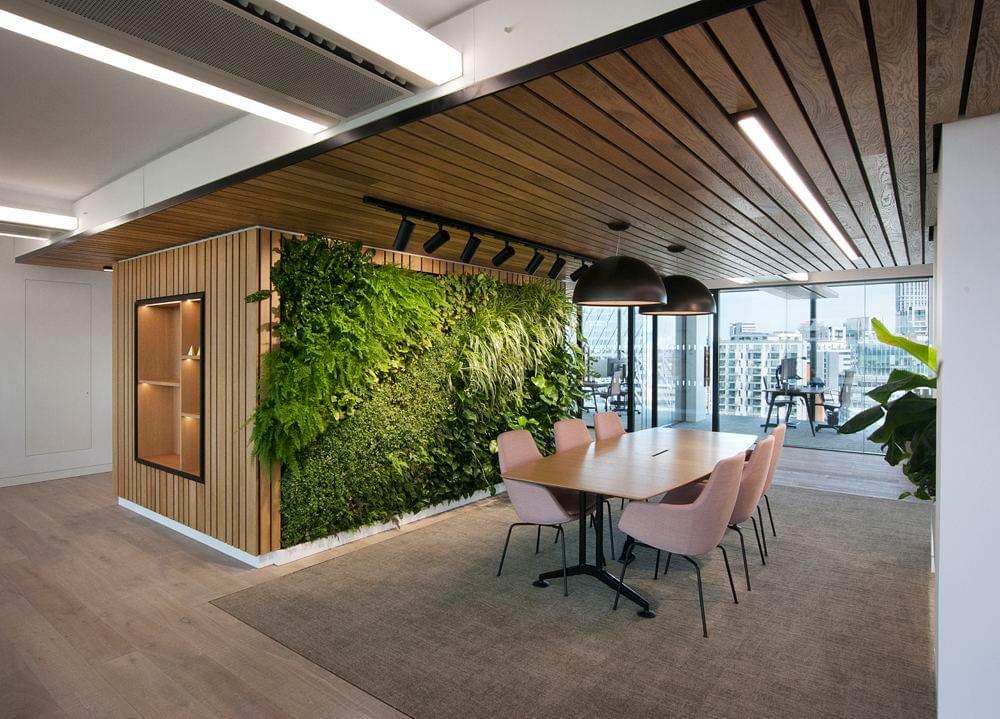
Noise management
Noise is another form of pollution that can become a significant distraction in the workplace. And there’s even research to suggest that excessive noise at work is preventing some employees from returning to their workspace.
But how loud is too loud, exactly?
Well, healthy noise levels in an office usually hit about 50 decibels (that’s comparable to the sound of rain or birdsong). But anyone who's worked in a busy office before knows that this can easily be exceeded.
So, that’s why it’s a good idea to incorporate sound-absorbing materials into your design so that teams can work and socialise freely, without disturbing their colleagues. You could also utilise noise-cancelling technologies to create designated quiet zones - designed to balance peace with productivity.
With Area, this is just the start of what you can do.
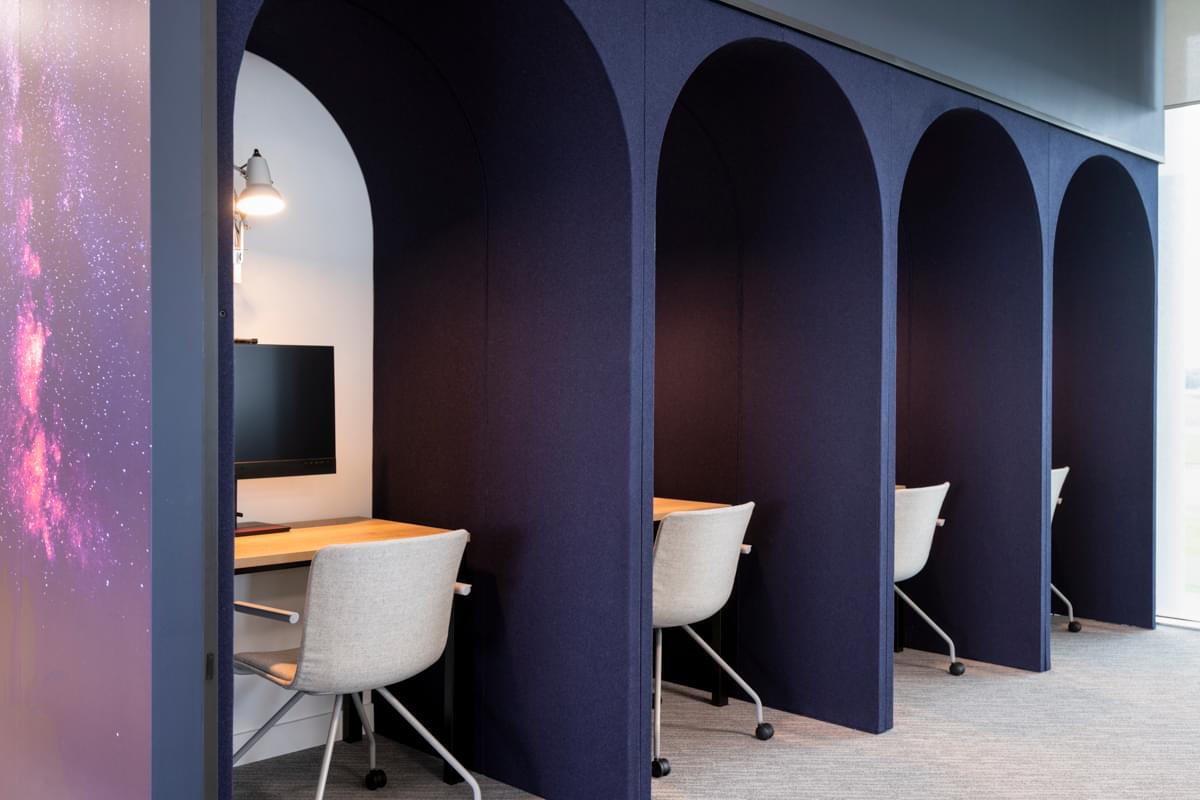
Looking for the most effective workspace design?
From meeting spaces that make it feel like everyone’s ‘in the room’ to making efficiencies using the circular economy, our FREE guide ‘Designing & Delivering Inspiring Workplaces Across Europe’ is laser-focused on creating effective workspaces. It’s time to build a space that’s just as effective for employees today as it is for many years to come.

